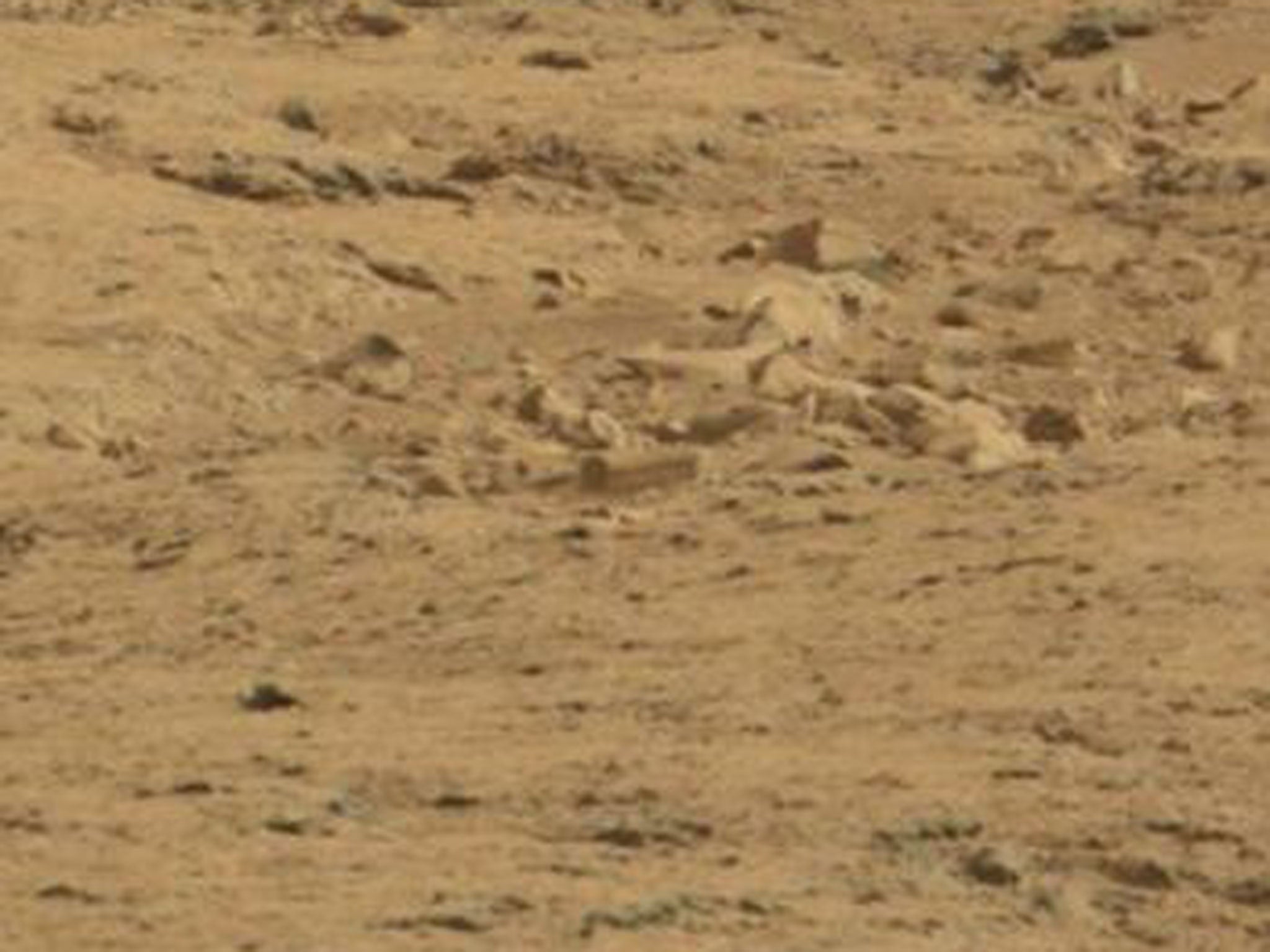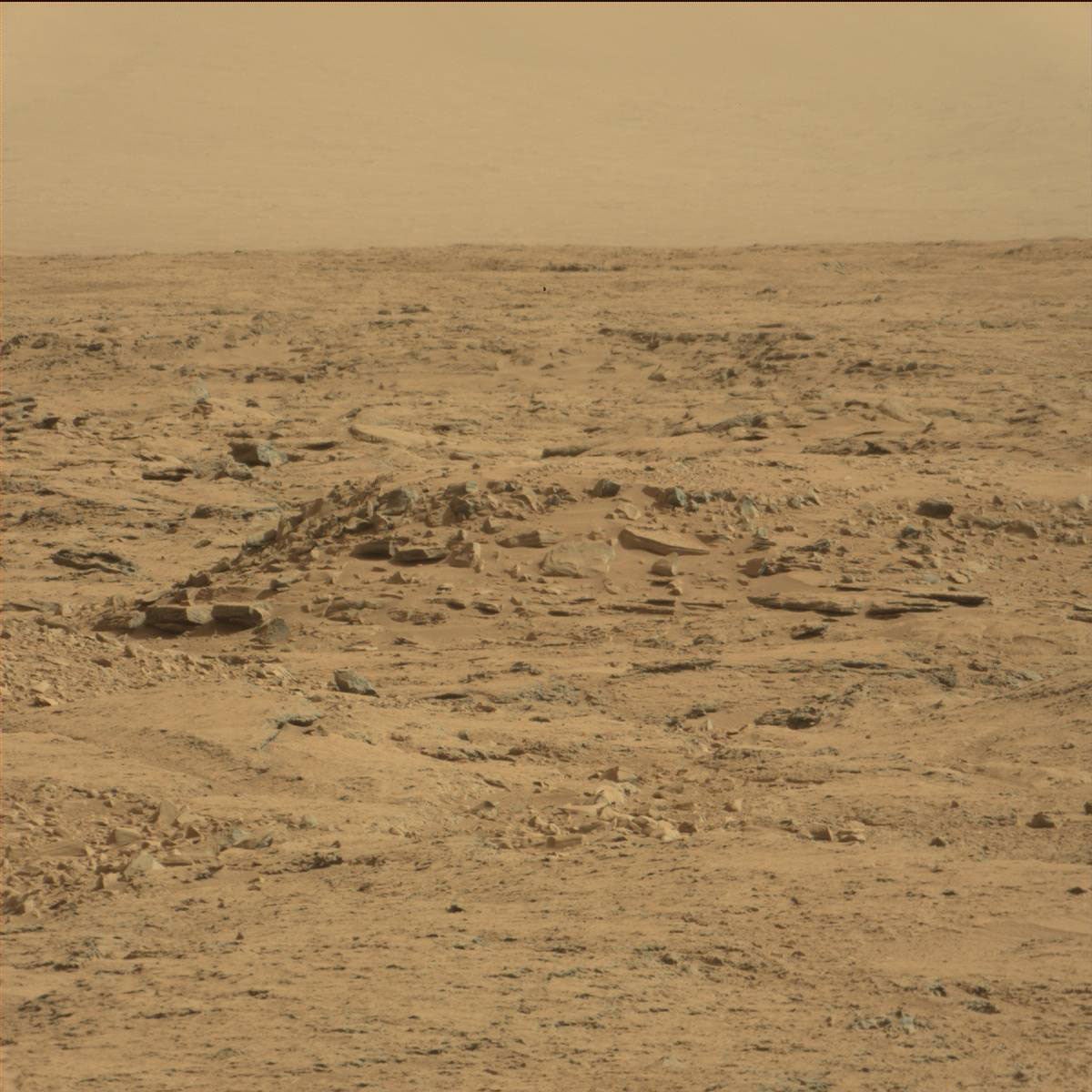Mars coffin: why do we see faces and suspicious objects on the surface of other planets?
Space-watchers have got excited about a coffin spotted on Mars — but it’s just one in a run of mysterious objects spotted on the planet

Your support helps us to tell the story
From reproductive rights to climate change to Big Tech, The Independent is on the ground when the story is developing. Whether it's investigating the financials of Elon Musk's pro-Trump PAC or producing our latest documentary, 'The A Word', which shines a light on the American women fighting for reproductive rights, we know how important it is to parse out the facts from the messaging.
At such a critical moment in US history, we need reporters on the ground. Your donation allows us to keep sending journalists to speak to both sides of the story.
The Independent is trusted by Americans across the entire political spectrum. And unlike many other quality news outlets, we choose not to lock Americans out of our reporting and analysis with paywalls. We believe quality journalism should be available to everyone, paid for by those who can afford it.
Your support makes all the difference.There could be a mysterious stone coffin on Mars. Or, more likely, it’s just the latest example of pareidolia — seeing faces and other objects in our surroundings.
The phenomenon refers not only to seeing things in objects, but spotting something significant in anything random. That includes hearing messages on records that aren’t there — and also common space-based sightings like that man in the moon or the Moon rabbit.
Scott Waring, a blogger who writes about examples of suspicious objects in space as well as other conspiracies, said that a coffin-shaped rock he spotted — which then went viral — should be enough to make the Mars rover turn around and go back and investigate.
“Coffins are made to stand the test of time, but this one is made from a stone like substance,” he wrote in a blog post yesterday. “What would it take to get NASA to turn the rover around and examine the contents of this box?
“It looks to be about one meter across and a foot and a half wide and high. Lots of alien species are short, including a species of greys.” (Greys are the kind of alien often depicted in cartoons — with big heads and smooth grey skin, from where they get their name.)
But a look at the larger pictures show just how many potential objects of interested could be spotted in that one photo alone. There are hundreds of rock formations in the shot — any of which could have tumbled in such a way as to look like something else.

The phenomenon is part of our evolutionary heritage, according to some scientists, helping us to detect faces from birth.
Dr Nouchine Hadjikhani told the BBC: "If you take a baby just after a few minutes of life, he will direct his attention toward something that has the general features of a face versus something that has the same elements but in a random order”.
Seeing something significant is almost always a better bet than not doing, in terms of evolution. Early humans unsure of whether a shape in the distance was an animal or just a nicely-formed rock, for example, would have almost always been better choosing the former option and running.
Other scientists say that identifying faces is a very early phenomenon in the process of understanding something. A study in 2009 found that non-face objects are understood at much the same speed as face ones.
If the brain sees something as a face, or other object, early on then that perceptions might stick. That could also explain why drawings that don’t actually look much like faces — four lines assembled in the right way — can be seen as a picture of a person.
The landscape of Mars — rocky but indistinct — has proved particularly fertile ground for object-spotters, and a range of potential objects have been spotted there.
The phenomenon is so common that it has led to a whole Subreddit, devoted to collecting examples of things that look especially like faces, and Twitter accounts like @FacesPics.
Join our commenting forum
Join thought-provoking conversations, follow other Independent readers and see their replies
Comments